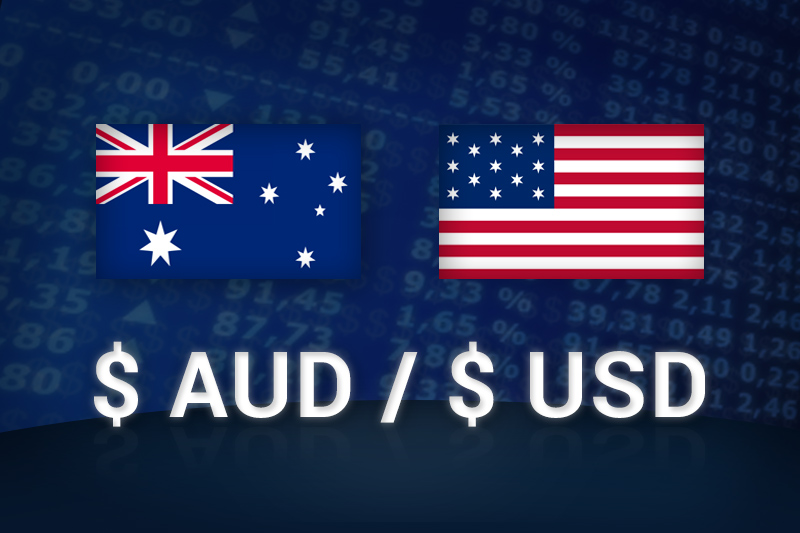Investing.com - The Australian dollar is trading higher against its U.S. rival during Tuesday’s Asian session following the release of consumer price index and producer price index data out of China.
In Asian trading Tuesday, AUD/USD is higher by 0.20% at 1.0435. The pair was likely to find support at 1.0297, the low of March 14 and resistance at 1.0440.
Earlier today, data from China’s National Bureau of Statistics showed the country’s PPI fell 1.9% in March compared with the year-earlier period. That follows a 1.6% drop in February. Analysts expected a 2% decline. On a month-over-month basis, China’s PPI was unchanged.
China’s CPI fell to -0.9% compared with the -0.6% analysts expected. On a year-over-year basis, China’s CPI rose 2.1% compared with the estimate calling for a 2.4% increase. China is Australia’s largest trading partner.
On Monday, Australian Prime Minister Julia Gillard announced direct currency trading between the Aussie and renminbi will begin later this week. The Australian dollar joins only the U.S. dollar and Japanese yen as currencies that trade directly with the renminbi.
Elsewhere, Holden Motors, a unit of U.S. auto giant General Motors, said it will cut 500 jobs in Australia due to the strong dollar. The unit cited the Aussie’s strength against the yen as one reason for the cuts. The jobs will be pared at factories in Adelaide and Melbourne. The Aussie has soared 83% against the yen since 2008.
Elsewhere, EUR/AUD is up 0.21% at 1.2520 while AUD/JPY is higher by 0.22% at 103.73. AUD/NZD is down 0.15% at 1.2291.
In Asian trading Tuesday, AUD/USD is higher by 0.20% at 1.0435. The pair was likely to find support at 1.0297, the low of March 14 and resistance at 1.0440.
Earlier today, data from China’s National Bureau of Statistics showed the country’s PPI fell 1.9% in March compared with the year-earlier period. That follows a 1.6% drop in February. Analysts expected a 2% decline. On a month-over-month basis, China’s PPI was unchanged.
China’s CPI fell to -0.9% compared with the -0.6% analysts expected. On a year-over-year basis, China’s CPI rose 2.1% compared with the estimate calling for a 2.4% increase. China is Australia’s largest trading partner.
On Monday, Australian Prime Minister Julia Gillard announced direct currency trading between the Aussie and renminbi will begin later this week. The Australian dollar joins only the U.S. dollar and Japanese yen as currencies that trade directly with the renminbi.
Elsewhere, Holden Motors, a unit of U.S. auto giant General Motors, said it will cut 500 jobs in Australia due to the strong dollar. The unit cited the Aussie’s strength against the yen as one reason for the cuts. The jobs will be pared at factories in Adelaide and Melbourne. The Aussie has soared 83% against the yen since 2008.
Elsewhere, EUR/AUD is up 0.21% at 1.2520 while AUD/JPY is higher by 0.22% at 103.73. AUD/NZD is down 0.15% at 1.2291.
